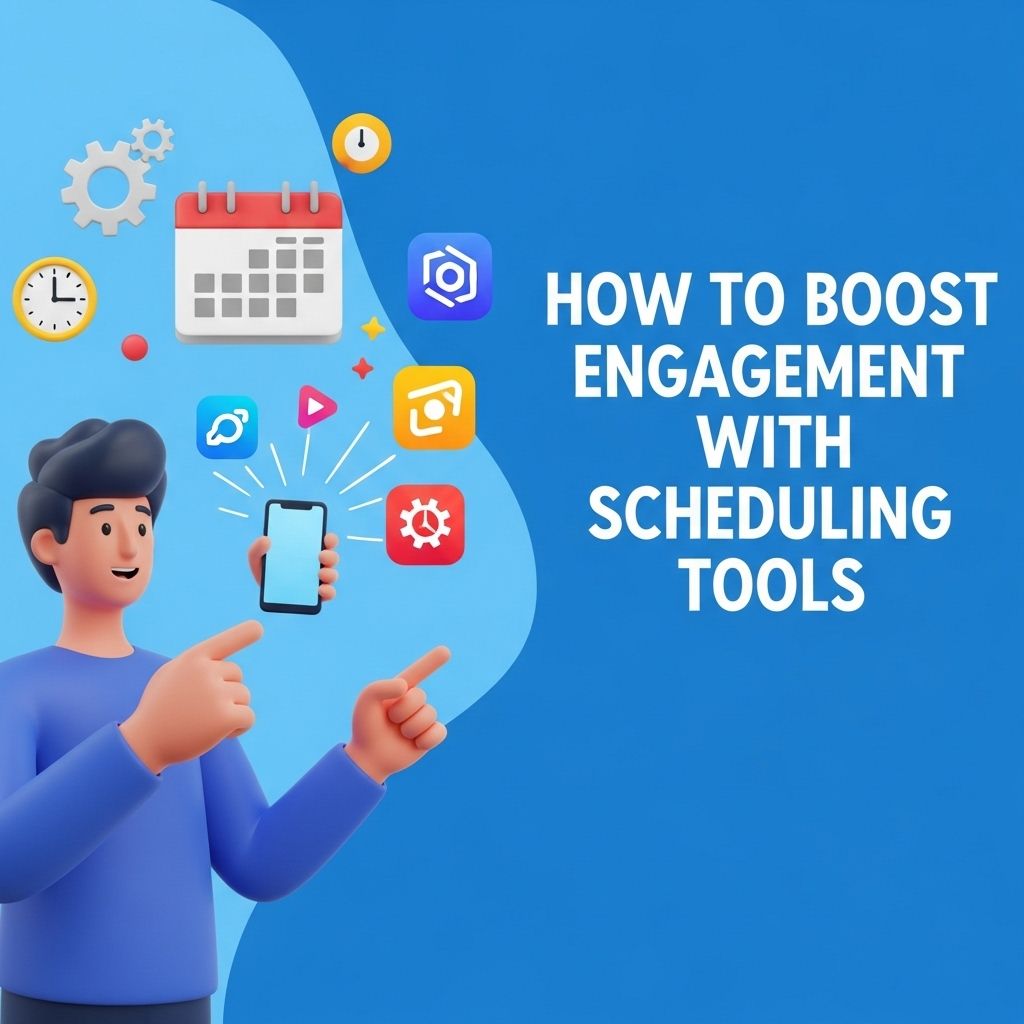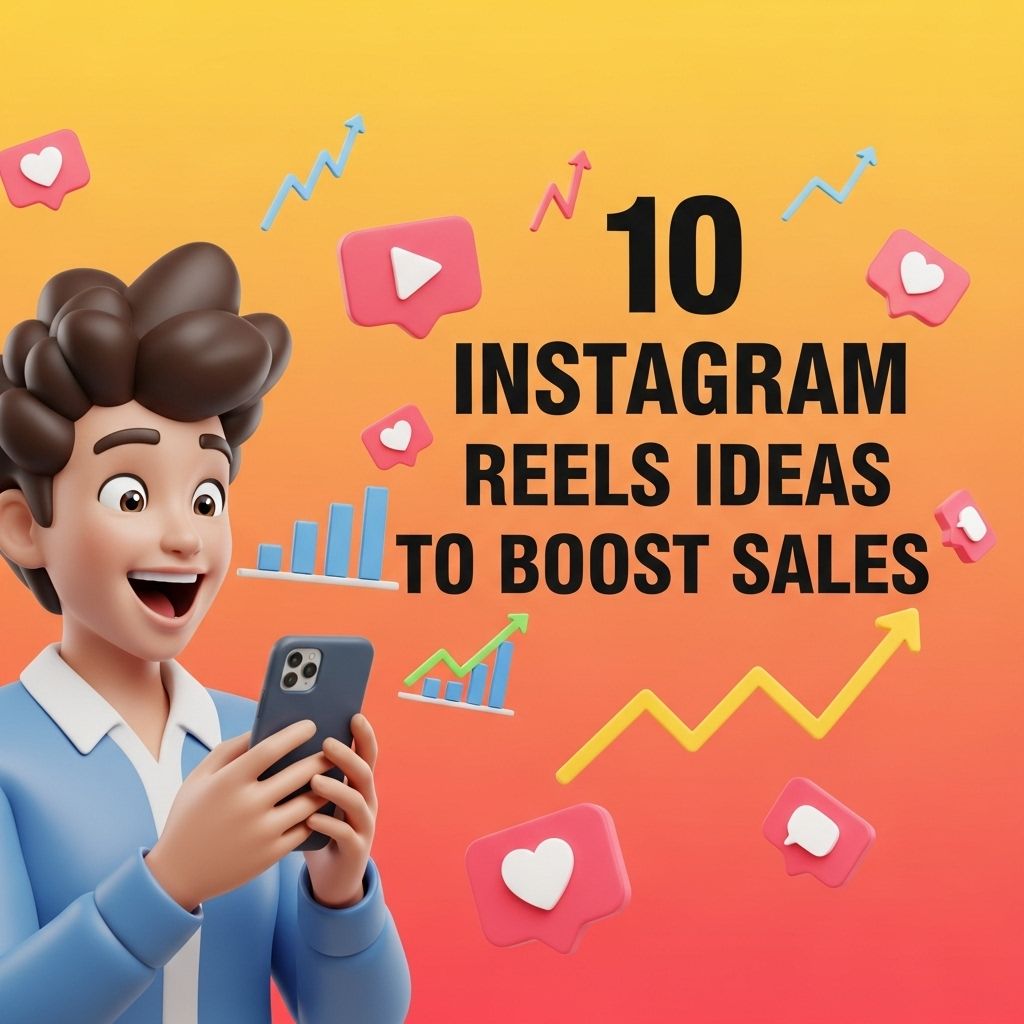In today’s fast-paced digital landscape, engaging with your audience requires more than just posting content and hoping for the best. It involves a strategic approach that maximizes your outreach while minimizing the time spent on planning and execution. One of the most effective ways to achieve this is through the use of scheduling tools. These tools not only empower you to automate your social media strategy but also help in analyzing performance metrics and optimizing your content for better engagement. In this article, we’ll explore how to boost engagement using scheduling tools and best practices to consider.
The Importance of Scheduling Tools
Scheduling tools serve as a bridge between content creation and audience engagement. They allow marketers, business owners, and influencers to plan their content in advance, ensuring a consistent online presence. Here’s why they are crucial:
- Consistency: Regularly posting content keeps your audience engaged and coming back for more.
- Time Efficiency: Save time by planning and scheduling posts ahead of time rather than posting spontaneously.
- Better Planning: Allows you to strategize your content calendar based on analytics and seasonal trends.
- Analytics: Many tools provide insights into post performance, helping you to refine your strategy.
Choosing the Right Scheduling Tool
With a variety of scheduling tools available, it’s important to choose the one that fits your needs. Here’s a breakdown of some popular options:
| Tool | Key Features | Best For |
|---|---|---|
| Buffer | Easy scheduling, analytics, team collaboration | Small businesses and freelancers |
| Hootsuite | Multiple platform management, extensive analytics | Large teams and enterprises |
| Sprout Social | In-depth analytics, customer relationship management | Businesses focusing on customer engagement |
| Later | Visual planning for Instagram, hashtag suggestions | Instagram-centric brands |
Best Practices for Engaging Content
Once you have selected a scheduling tool, it’s time to focus on content that drives engagement. Here are some best practices:
1. Know Your Audience
Understanding what your audience wants to see is key. Conduct surveys, use polls, and review engagement analytics to determine what types of content resonate best with your followers.
2. Create Eye-Catching Visuals
Visual content tends to perform better than text-only posts. Invest in high-quality graphics, infographics, and videos to capture attention. Utilize tools such as Canva or Adobe Spark for creating stunning visuals.
3. Utilize Stories and Live Features
Platforms like Instagram and Facebook allow for live videos and stories. These formats can significantly boost engagement as they create a sense of urgency and real-time interaction.
Content Calendars: A Strategic Approach
Using a content calendar in conjunction with your scheduling tool can help streamline your strategy. Here’s how to create an effective content calendar:
- Set Goals: Define what you want to achieve, whether it’s brand awareness, lead generation, or increased sales.
- Identify Key Dates: Incorporate important dates like holidays, product launches, and events that are relevant to your audience.
- Allocate Content Types: Plan a mix of content types such as promotional, informative, and entertaining posts.
- Regularly Review and Adjust: Keep track of what’s working and adjust your strategy as necessary based on engagement metrics.
Automate & Optimize Posting Times
One of the key features of scheduling tools is the ability to automate posting. However, it’s also vital to optimize the timing of your posts to maximize visibility:
Understanding Peak Engagement Times
Different platforms have different peak times when users are most active. Here’s a general guide:
- Facebook: Wednesday between 11 AM and 1 PM
- Instagram: Monday to Friday from 10 AM to 3 PM
- Twitter: Weekdays from 12 PM to 6 PM
- LinkedIn: Tuesday to Thursday between 10 AM and 12 PM
Engagement Metrics to Monitor
Tracking the right metrics can help you refine your strategy over time. Here are some key metrics to focus on:
- Engagement Rate: Measures the level of interaction your audience has with your content.
- Click-Through Rate (CTR): Indicates how many people clicked on your post compared to the total impressions.
- Reach: The total number of unique users who saw your post.
- Conversion Rate: Measures the percentage of users who took a desired action after interacting with your content.
Conclusion
Incorporating scheduling tools into your content strategy can significantly enhance audience engagement. By choosing the right tool, creating compelling content, optimizing posting times, and monitoring your metrics, you can ensure that your efforts yield maximum results. Don’t underestimate the power of a well-planned strategy, as consistency and quality are crucial in building lasting relationships with your audience.
FAQ
What are scheduling tools and how can they boost engagement?
Scheduling tools are software applications that allow users to plan and automate their content posting across social media platforms. By using these tools, businesses can ensure consistent posting, reach their audience at optimal times, and ultimately boost engagement with their audience.
What features should I look for in a scheduling tool?
When selecting a scheduling tool, look for features such as analytics and reporting, a user-friendly interface, integration with multiple social media platforms, the ability to schedule posts in advance, and options for collaboration among team members.
How do scheduling tools help in maintaining a consistent posting schedule?
Scheduling tools allow you to plan your content calendar in advance, ensuring that posts are published consistently even during busy periods. This consistency helps keep your audience engaged and encourages regular interaction.
Can scheduling tools improve my social media strategy?
Yes, scheduling tools can significantly enhance your social media strategy by providing insights into the best times to post, allowing for better content planning, and enabling you to focus on engagement rather than manual posting.
How can I measure the effectiveness of my scheduling tool?
You can measure the effectiveness of your scheduling tool by analyzing engagement metrics such as likes, shares, comments, and overall reach. Most scheduling tools offer built-in analytics to track these metrics and evaluate your content performance.
Are there any free scheduling tools available?
Yes, there are several free scheduling tools available such as Buffer, Hootsuite, and Later. While they may have limitations compared to paid versions, they still offer valuable features for managing and scheduling social media posts.




